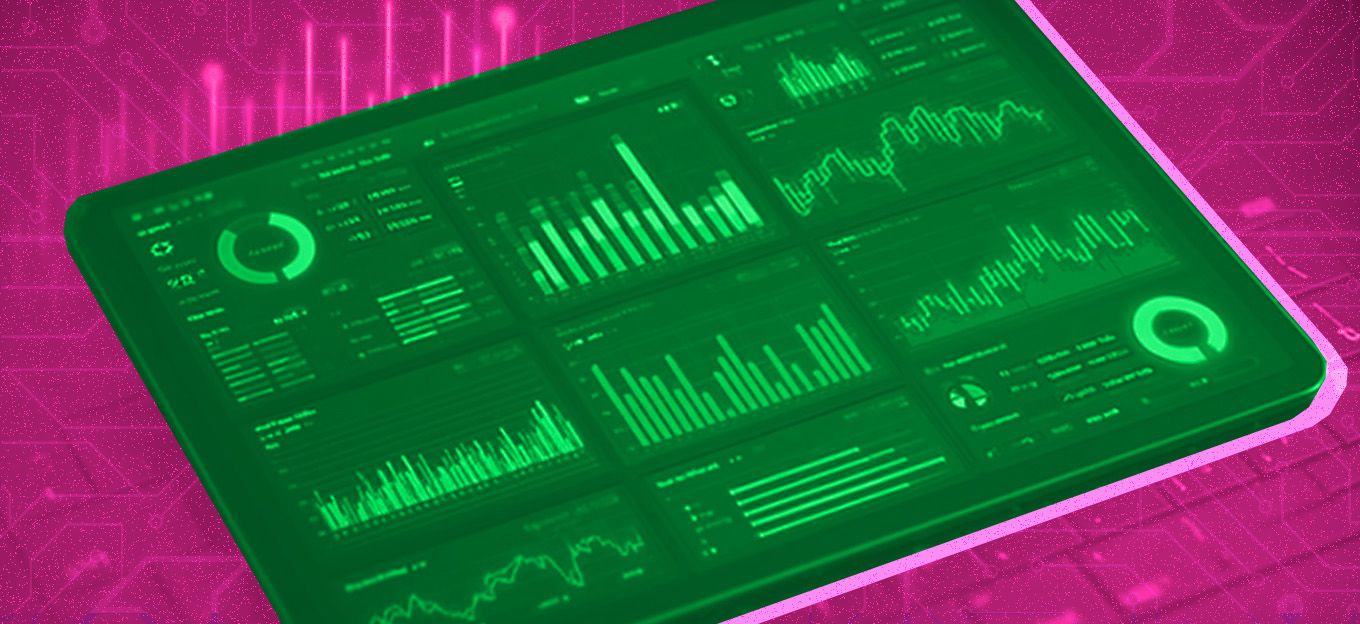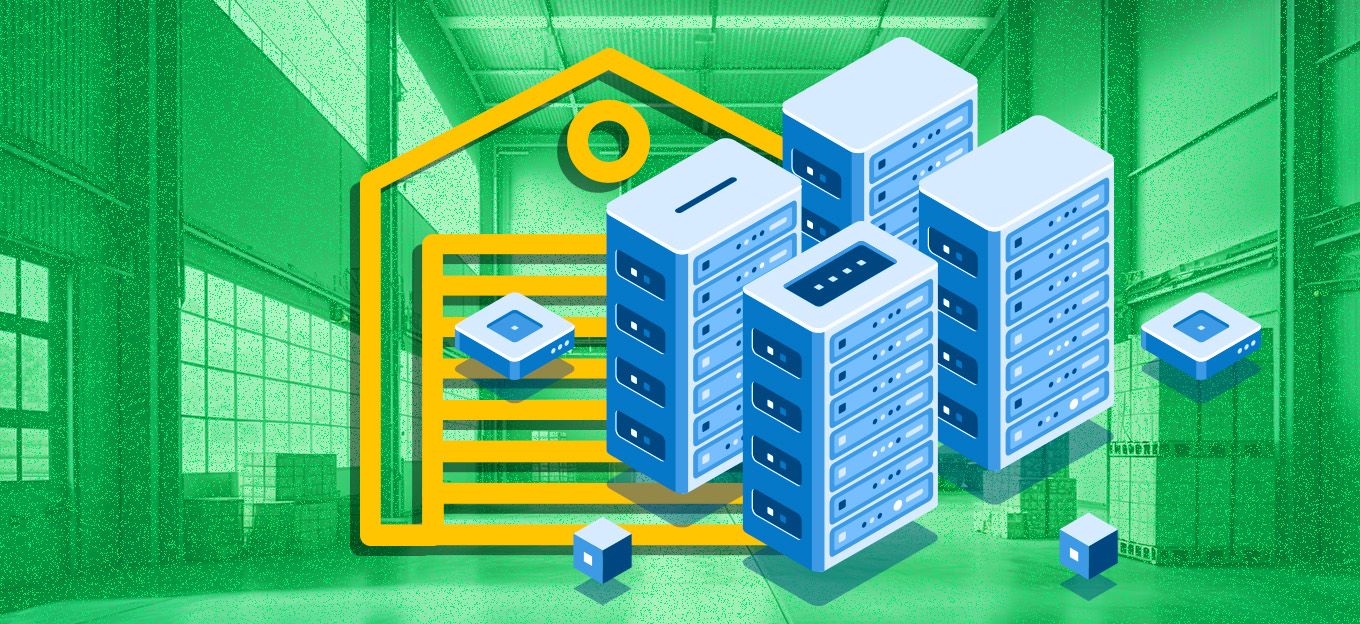Preventing Flood Damage with IoT Sensors
Preventing Flood Damage with IoT Sensors
- Last Updated: December 2, 2024
Semtech
- Last Updated: December 2, 2024



Natural disasters, such as floods and storms, pose a threat to lives and property worldwide. Without proper monitoring systems, these natural events often culminate in disasters that have severe implications for economic loss, social disruptions, and damage to the urban environment.
According to the National Oceanographic and Atmospheric Administration (NOAA), the United States averages 5,000 floods each year, leading to staggering property damage and, in some cases, death. In 2019 alone, flooding resulted in $45.9 billion in economic losses.
While IoT solutions don’t have the power to stop floods, monitoring data in real-time helps minimize potential damage by building proactive solutions for communities.
Floodwaters can rise quickly and with little warning, resulting in chaotic and dangerous situations for citizens and emergency response teams. With IoT solutions, response teams have real-time data and insight to detect potential flooding concerns to minimize risk to life, property, and business. Given the frequency and severity of floods, technology companies need to find ways to leverage the IoT to better prepare for and react to these incidents.
With flood sensor networks, we can get real-time information on when and where roads are flooded, how deep the water may be, and the changing conditions.
Preparing for a Storm
According to the World Resources Institute, the number of people affected by floods will double worldwide by 2030. In the U.S. alone, 23.7 million properties are at risk of flooding, according to FEMA. IoT flood management solutions protect people, structures, and systems from environmental dangers. Real-time data provides leaders with the tools needed to build more prepared and resilient communities and minimize risk.
In terms of preparations, cities need to enforce zoning, do flood planning, and implement building regulations.
Deploying environmental sensors to measure wind, water levels, and tides is a great way to understand better the environment and how particular areas within a community react to rain, wind, and more. With granular data, cities can get a much deeper insight into where problems are and correct them when less severe weather gives a glimpse into what could happen. These sensors can also help monitor what’s happening both during and after the weather event.
Implementing Long Range, Low Power Solutions
With individual, battery-operated sensors operating with the LoRaWAN® standard, users can connect through gateways that continuously collect data, allowing IoT solutions to measure and detect issues before they become a crisis remotely. Pairing long-range, low power sensors with a LoRa® device empowers experts to calculate and track water levels and depths in real-time continuously. The small sensors can be installed in hard-to-reach areas like basements, alleys, and sewers to remotely track water and immediately alert teams if levels begin to rise.
Since LoRa devices use low power, the devices can be battery-powered for years and connect to the LoRaWAN network wirelessly to remain in the environment without the need for maintenance.
When integrated into consumer apps, sensor data can alert residents of potential danger and provide needed resources like evacuation area lists and personal safety directions.
While IoT solutions don’t have the power to stop floods, monitoring data in real-time helps minimize potential damage by building proactive solutions for communities.
The Most Comprehensive IoT Newsletter for Enterprises
Showcasing the highest-quality content, resources, news, and insights from the world of the Internet of Things. Subscribe to remain informed and up-to-date.
New Podcast Episode

Moving Past the Pilot Phase in IoT and AI
Related Articles





